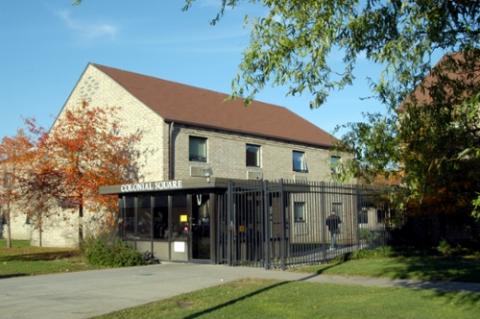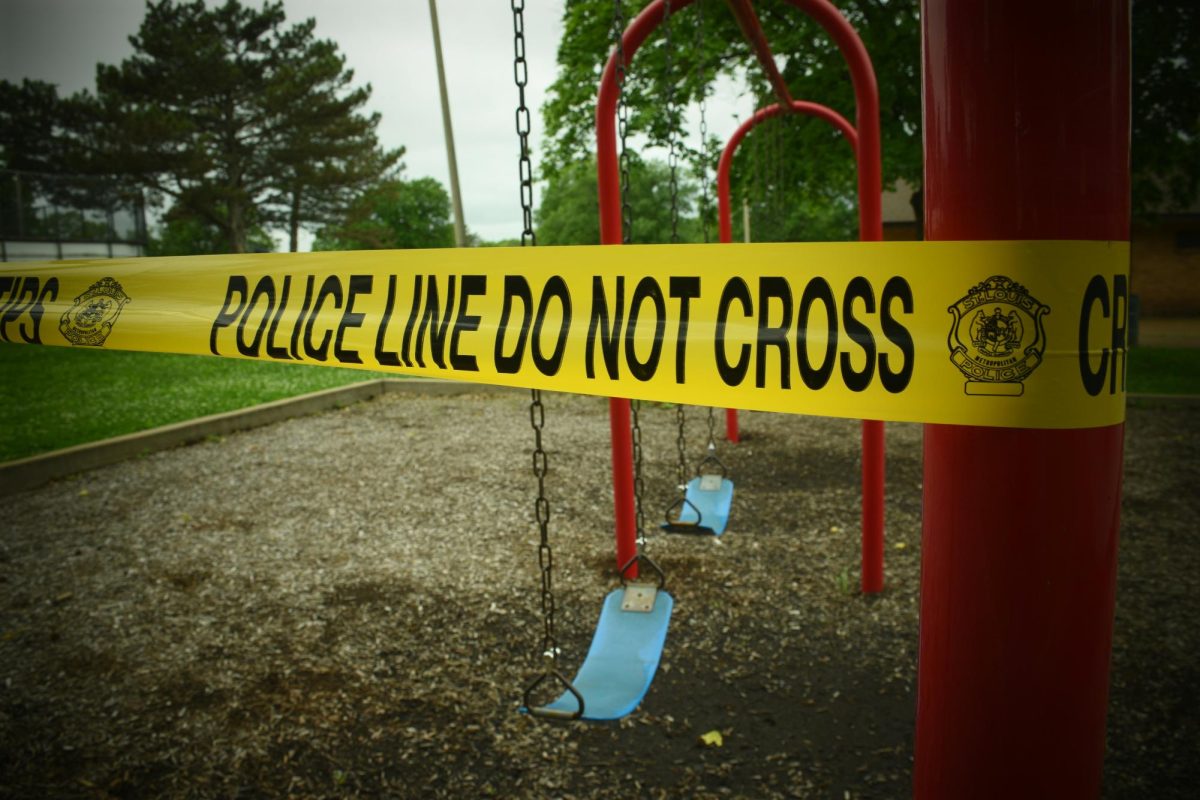Over 400,000 people live under the poverty line in Philadelphia, Pennsylvania – that is just over one quarter of the city’s population.
Life expectancy is lower in poor neighborhoods, overall health is lower and 80% of poor people are dedicating over half of their monthly earnings to their rent. Violent crimes in Philly are concentrated in poorer neighborhoods, and 75% of those crimes happen in areas where 20% of residents are under the poverty line.
Over 45% of those people who live under the poverty line would not describe themselves as poor, and the vast majority of children in poor households attend public school in the School District of Philadelphia. Furthermore, 61% of the city’s working-age poor are neither employed nor looking for a job. This is the highest rate among the United States’ 10 most populous cities.
These statistics were collected by the Pew Research Center and created in large part due to U.S. Census data.
This data is crucial for the future of Pennsylvania’s governmental health, as it shows municipal governments how to equally spread resources in order to create opportunity. Due to inequities, Philly’s public school system could not provide online education alternatives during the recent statewide stay-at-home order. Too many students live at home without steady access to computers or internet. Other major cities like Columbus, Ohio, and New York City have been able to provide at-home learning alternatives to students during quarantine, yet Philly is still left behind.
Superintendent of the School District of Philadelphia William Hite Jr. said in a statement, “If [an alternative is] not available to all children, we cannot make it available to some.”
Furthermore, school funding in Pennsylvania is so concentrated in wealthier areas that it has created massive disparities between poor and affluent school districts. In some districts, schools spend $27,000 per student, well above Pennsylvania’s average. In poorer Pennsylvania districts, schools can only spend $10,000 per student.
This gross disparity has launched a lawsuit by the Philadelphia-based group Public Interest Law Center to better allocate funding to areas in need. The lawsuit centers around schools in the greater Philly and rural Appalachia regions of Pennsylvania.
The U.S. Census Bureau provides descriptions on how upward of $670 billion is allocated to states across the nation. For education, it provides data based on educational attainment, school enrollment, public school system finance and other school districting metrics. This data is crucial to provide a better alternative to the gross negligence brought upon rural and urban districts.
From a national standpoint, I understand the fears surrounding the census. Many people were anxious following the Trump administration’s proposal to add citizenship status to the census data collections. People in immigrant communities around the country expressed concern, and I see how their anxieties would make them reluctant to register any information with the government. In those cases, I completely understand and empathize with their anxiety. If they feel like their safety and residency status would be jeopardized, then their well-being definitely outweighs the potential gain from research.
The simple fact is that so much depends on this survey. Yes, a lot of people don’t have the time to fill out the census. The American government is a widely distrusted organization, and rightly so. However, lawsuits like those filed by the Public Interest Law Center are exercises of justice. The Census goes further than providing equitable osmosis of funding – it is also a platform for activists and real change.
Daniel Cody is a freshman journalism major who writes on topical politics and the discourse that follows. Find him on Twitter @danielhcody.








